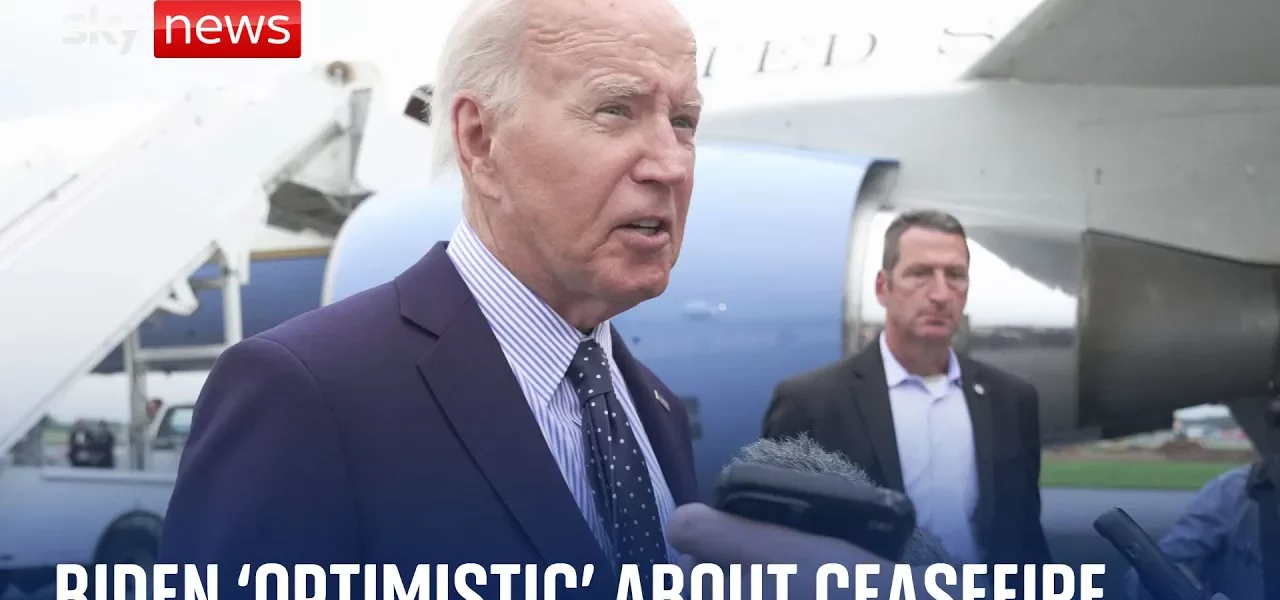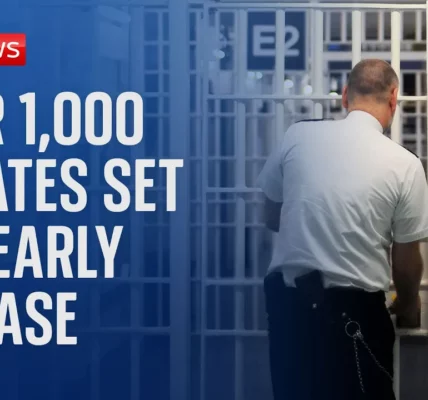Middle East Conflict Updates: Air Strikes and Ceasefire Talks

This article provides comprehensive insights into the recent air strikes in Lebanon and Gaza, the casualties reported, and the evolving diplomatic landscape as efforts for a ceasefire gain momentum amidst ongoing hostilities.
Introduction
The ongoing conflict in the Middle East has escalated with recent air strikes leading to significant casualties. Reports indicate that at least 10 individuals have been killed in southern Lebanon due to an Israeli air strike, with additional injuries reported. This incident marks a continuation of violence that has characterized the region, as both Israel and Hamas remain embroiled in conflict. Amidst this turmoil, diplomatic efforts for a ceasefire are being pursued, with the involvement of international leaders and mediators.
Recent Air Strikes and Casualties
On the ground, the situation remains dire. The Israeli Defense Forces (IDF) confirmed their air strike in Nabaa City, Lebanon, targeting what they claimed to be a military installation used by Hezbollah for weapon storage. The Health Ministry of Lebanon has reported the following:
- At least 10 fatalities from the strike.
- Five additional injuries, some critical.
In Gaza, the situation is equally troubling. Following President Biden’s optimistic remarks regarding ceasefire negotiations, an Israeli strike resulted in significant casualties, including:
- At least 18 individuals killed in central Gaza.
- A family of 15 was among the deceased in a house and warehouse strike.
Diplomatic Efforts for Ceasefire
Despite the ongoing violence, there seems to be a glimmer of hope in the form of diplomatic efforts. U.S. President Joe Biden has expressed a more optimistic stance regarding the potential for a ceasefire between Israel and Hamas. His comments indicate a shift in perspective, highlighting progress in negotiations:
Biden’s Optimism
President Biden stated, “I’m optimistic it’s not far from over, just a couple more issues, I think we got a shot.” This statement reflects a growing belief that a ceasefire could be achievable soon.
Ongoing Negotiations
Following Biden’s remarks, the Israeli military has ordered further evacuations in Gaza, particularly around residential areas. The U.S. Secretary of State, Antony Blinken, is expected to arrive in Israel for discussions aimed at moving the ceasefire talks forward. Key points include:
- The Israeli team is set to meet with Prime Minister Benjamin Netanyahu.
- Ongoing discussions are expected to take place in Cairo next week.
- International pressure is mounting to finalize a ceasefire agreement.
Current Military Actions
As diplomatic talks progress, military actions continue unabated. The conflict remains active on two fronts: Gaza and the Lebanese-Israeli border. Key developments include:
Israeli Strikes
Israel has conducted multiple air strikes targeting various locations in Gaza. These operations are aimed at disrupting Hamas’ military capabilities.
Hezbollah Response
In response, Hezbollah has launched over 50 missiles into Northern Israel, causing damage and sparking fires in border areas. This escalation illustrates the complexity of the situation, where military engagements continue alongside diplomatic efforts.
Conclusion
In conclusion, the situation in the Middle East is both volatile and dynamic. While recent air strikes have resulted in tragic loss of life, diplomatic efforts are underway to seek a ceasefire. President Biden’s optimistic remarks and the involvement of U.S. officials signal a potential turning point in negotiations, although skepticism remains from Hamas about Israel’s commitment to a deal. As both military actions and diplomatic talks unfold, the coming days will be crucial in determining the region’s immediate future. We encourage readers to stay informed and engaged as this situation develops.
For further updates on the Middle East conflict and related news, visit our related articles section.
“`




